Zeroing in on Jimmy Hoffa’s unmarked grave
Investigative reporter reveals exact location where source alleges body of Teamsters boss is buried
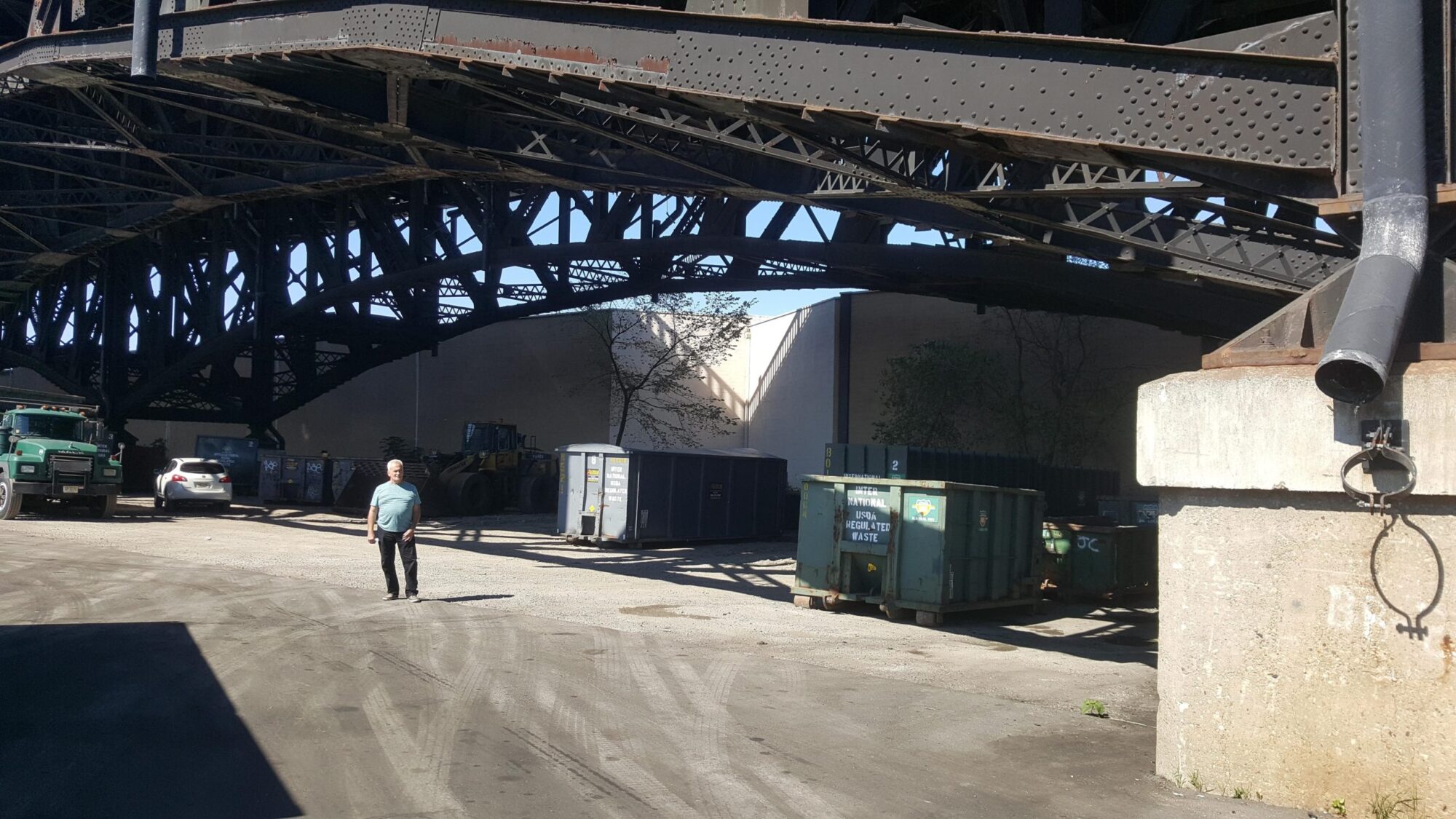
Editor’s note:
On July 8, The Mob Museum published an essay by investigative journalist Dan E. Moldea — author of The Hoffa Wars and Confessions of a Guerrilla Writer, along with eight other books — about his 45-year investigation of the July 30, 1975, murder of Jimmy Hoffa.
In the essay, Moldea revealed new details about a series of interviews with Frank Cappola, who also gave him a tour of the PJP Landfill in Jersey City, New Jersey, in September 2019, climaxed with Cappola showing Moldea the alleged exact location of the unmarked grave of Jimmy Hoffa.
Moldea, who filmed the tour, requested that Cappola prepare a sworn statement, explaining how and why his father, Paul Cappola Sr., the co-owner of the landfill in 1975, had buried Hoffa. Cappola later executed the affidavit, which is published in its entirety below.
In an attempt to encourage the law enforcement community to use his information as probable cause to obtain a search warrant, Moldea has asked The Mob Museum to publish two of his exclusive photographs of Frank Cappola at “The Exact Spot,” as well as Cappola’s declaration under oath. In addition, Moldea has agreed to share his videotapes of Cappola, including the PJP tour, with the FBI and/or any other official agency.
***
I have investigated Jimmy Hoffa, the Teamsters and the Mafia since December 1974. And from the outset, I investigated the circumstances of Hoffa’s murder on July 30, 1975 — 45 years ago this month. The following is a brief summary about the best lead I have ever heard regarding the location of Hoffa’s body, along with the publication of some of my corroborating evidence.
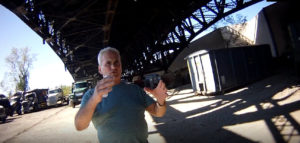
On February 3, 2019, I received a call from Paul Cappola Jr. who said that his older brother had specific information about Hoffa’s burial at “Brother Moscato’s Dump” in Jersey City, New Jersey. I asked for an introduction, but, for whatever reason, I did not receive it.
Several months later, on September 6, I contacted Paul Cappola again and appealed to him to arrange an introduction to his brother. The following day, September 7, I received a call from Frank Cappola, the oldest son of Paul Cappola Sr.
The elder Cappola, who died in 2008, was the partner of Phillip “Brother” Moscato, who died in 2014. The official name of “Brother Moscato’s Dump” was the PJP Landfill.
During my 2007-2014 series of interviews with Moscato, a soldier in New York’s Genovese crime family, he told me that Hoffa was buried at his dump — although he did not give me a specific location. In addition, Moscato confirmed to me that Hoffa’s murder was committed by Salvatore Briguglio, a top lieutenant to labor racketeer Anthony Provenzano, a capo in the Genovese crime family.
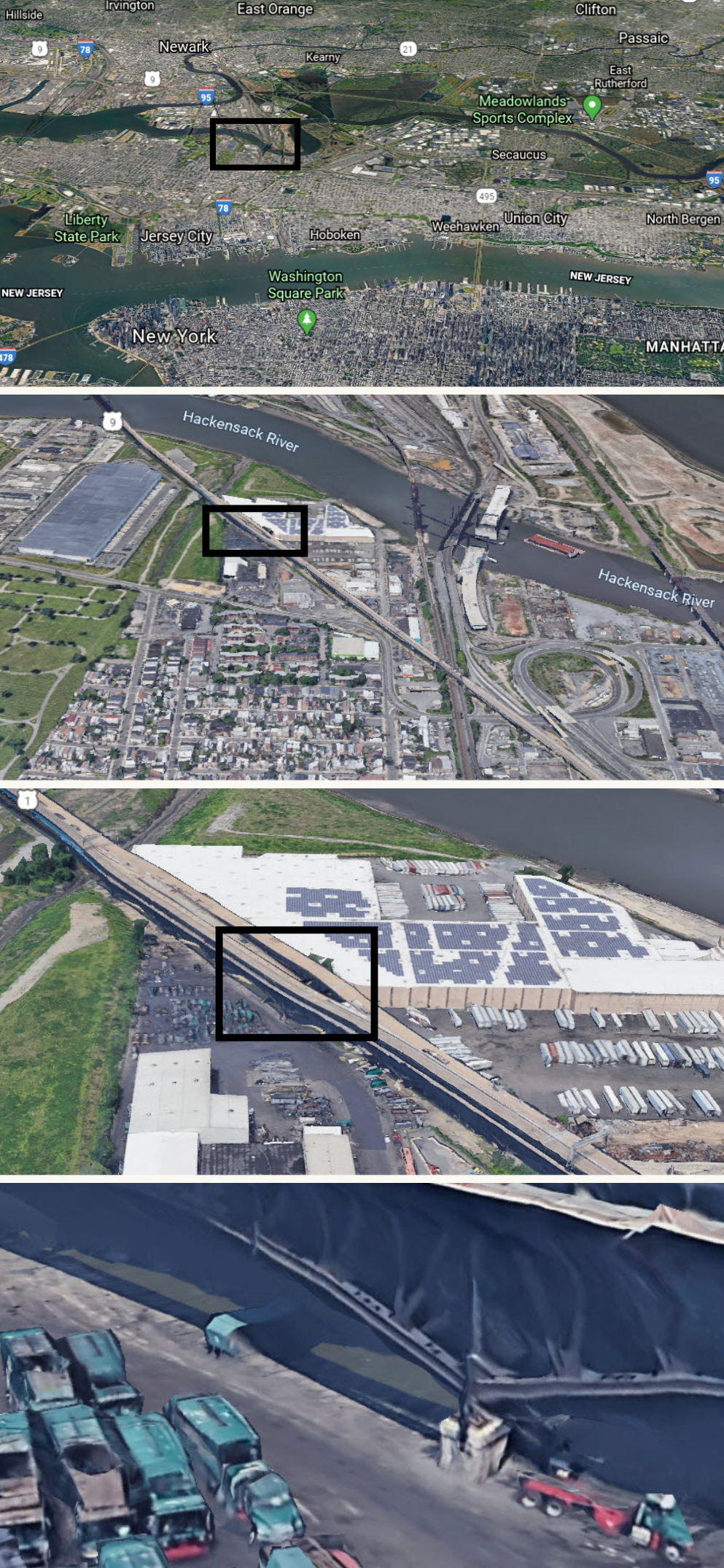
Notably, in late 1975, the FBI had served a search warrant on Cappola and Moscato, based on a tip from a Provenzano-connected federal witness who speculated with considerable authority that Hoffa could be buried at their landfill. However, without information about a specific location of Hoffa’s remains, federal agents aborted their search.
During our first interview, Frank Cappola told me that Hoffa was, indeed, buried at PJP where Cappola, who was 17 years old in 1975, had worked part-time for his father.
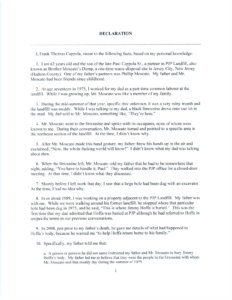
After my first conversation with Cappola on September 7, I interviewed him again, by phone, six more times between September 10-26.
On September 26, I bought Cappola a plane ticket to Newark, New Jersey. He arrived on Friday, September 27. We had dinner the following night, September 28.
Throughout our talks, Cappola consistently made it clear that his father received Hoffa’s dead body from persons unknown and that he buried Hoffa’s body, stuffed in a 55-gallon drum, at the direction of Moscato, who supposedly never knew the actual burial site.
On Sunday morning, September 29, Cappola picked me up at my hotel in Secaucus and, at my request, drove to the remnants of the PJP Landfill in the Marion section of Jersey City.
When we arrived, Cappola gave me a tour of the area — which I filmed — culminating with his identification of the exact spot where, according to Cappola, Hoffa was buried in the grave dug by his father.
The location is flat and paved beneath the Pulaski Skyway, the bridge that connects Jersey City and Newark over the nearby Hackensack and Passaic rivers. Cappola’s father told his son that he had buried Hoffa in an eight-by-fifteen-foot hole. Then, on top of the 55-gallon drum, which encased the dead body, Cappola piled fifteen to thirty steel chemical drums. The area that Frank Cappola mapped out for me was the approximate size of a Little League infield, sixty square feet.
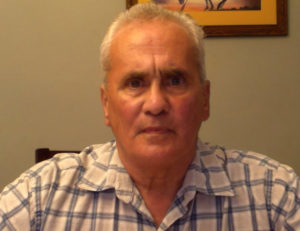
For the first time, I have released photographs of Hoffa’s unmarked grave.
On September 30, I asked Cappola to sign a sworn statement, attesting to the details he had given to me about Hoffa’s location and his father’s role in the burial. Along with offering to take a polygraph test, he executed his affidavit on October 7, 2019, which I have released here, also for the first time.
Sadly, stricken with a respiratory ailment, Frank Cappola died on March 16, 2020.
For more details about my investigation, please see my July 8 essay at The Mob Museum’s website.
Feedback or questions? Email blog@themobmuseum.org





